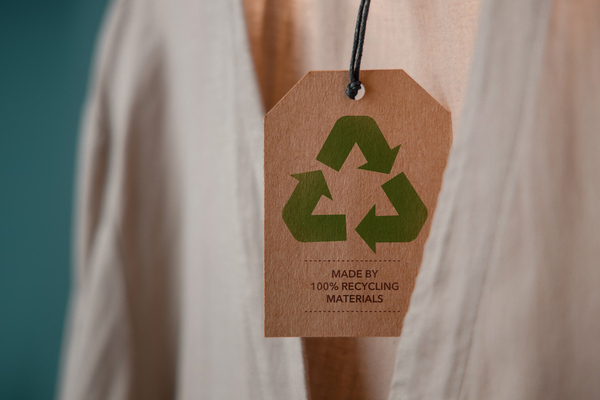Leaving nothing to waste in manufacturing

Mikko Urho at Visual Components explains how manufacturers can reduce wastefulness with efficient, faster and more consistent processes by adopting a lean manufacturing philosophy
A collective effort is underway to reduce the impact of human activities on the globe, and effective waste management is a primary objective for many sectors. Certain industries are under greater pressure than others to mitigate the environmental damage they’ve caused, none more so than global production, which includes manufacturing. This sector is responsible for one-fifth of carbon emissions around the world, and consumes over half (54%) of the world’s energy sources.
From errors on the production line to inaccurate robot movements, there’s a range of different processes where manufacturers may be wasteful, leading to a negative impact on the environment. But this wastefulness can be avoided with the right tools. It’s time for the sector to tackle waste head-on by incorporating efficiency in every operation on the factory floor.
A lean manufacturing mindset
The journey towards waste reduction requires a cultural shift in how employees complete their work, and lean manufacturing is the philosophy to help them achieve it. Lean manufacturing is focused on ensuring faster processes, greater efficiencies and high levels of consistency across every process in a manufacturing plant.
It’s a mindset that has stood the test of time, having first been introduced during the 1900s and popularised by Toyota. The company focuses on making only exactly what it is needed with the exact amount of materials needed. In the case of any abnormality being detected, production is stopped and is immediately rectified. This eliminates the flow of defective products and any corresponding waste being produced.
A Just-In-Time philosophy, where the minimum number of parts needed to build a car are stocked in advance, means that the product can be built as soon as the order is received.
Waste elimination is a core element of lean manufacturing, and simulation software can play a key role. Take for example a planned component machining system. A 3D simulation of the system can fully replicate its processes, allowing users to check whether robots and items can both move successfully and accurately complete their individual jobs.
Any potential bottlenecks that could delay production can be fully identified and fixed. There may even be pieces of equipment involved that are unnecessary in the production process and can be removed. Manufacturers can reduce waste by ridding themselves of surplus materials, equipment and the costs involved with the original outlay.
Reducing waste can also apply in terms of time spent on certain tasks. For example, there could be a significant number of AGVs on the factory floor that move heavy materials from one area to another, but are they taking the quickest path possible to their destination? Simulation software can help users plan the fastest and most efficient route for them to take. Materials reach their end destination faster and products can be built within a shorter timeframe.
Robot tasks: high accuracy and repeatability
Errors in production are a leading cause of waste, particularly in the context of materials, time and money. A specific mistake in manufacturing can involve the incorrect programming of a welding, cutting or spraying robot which is then unable to accurately undertake its task. Say for example if a welding torch fails to follow a circular 3D arc around a metal workpiece and instead creates a different shape, it might lead to the material needing to be thrown away.
However, with robot offline programming (OLP), factory employees are able to replicate the robot and its work cell in a digital environment. Its movements and workflows can be tested in a virtual setting before the physical deployment is set to task. Actions can be fully validated, with every intricate detail tested. Manufacturers are then able to fully apply robotic solutions and reap the benefits of highly accurate and infinitely repeatable processes.
Long-term waste management strategy
Reducing waste in manufacturing has become both an environmental imperative and a practical necessity for improving efficiency and cutting costs.
By adopting lean manufacturing principles and leveraging advanced technologies such as simulation software and OLP, manufacturers can minimise errors, optimise processes and eliminate unnecessary resources. These strategies encourage a working culture of precision and sustainability, ensuring that every aspect of production is scrutinised for potential waste.
As industries continue to innovate and refine their practices, the collective effort to mitigate the environmental impact will significantly contribute to a more sustainable future. Embracing these changes is an effective response to current pressures and a proactive step towards long-term success and responsibility.
Mikko Urho is CEO at Visual Components
Main image courtesy of iStockPhoto.com and Olivier Le Moal

Business Reporter Team
Most Viewed
Winston House, 3rd Floor, Units 306-309, 2-4 Dollis Park, London, N3 1HF
23-29 Hendon Lane, London, N3 1RT
020 8349 4363
© 2025, Lyonsdown Limited. Business Reporter® is a registered trademark of Lyonsdown Ltd. VAT registration number: 830519543





